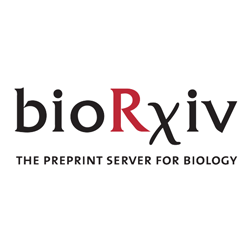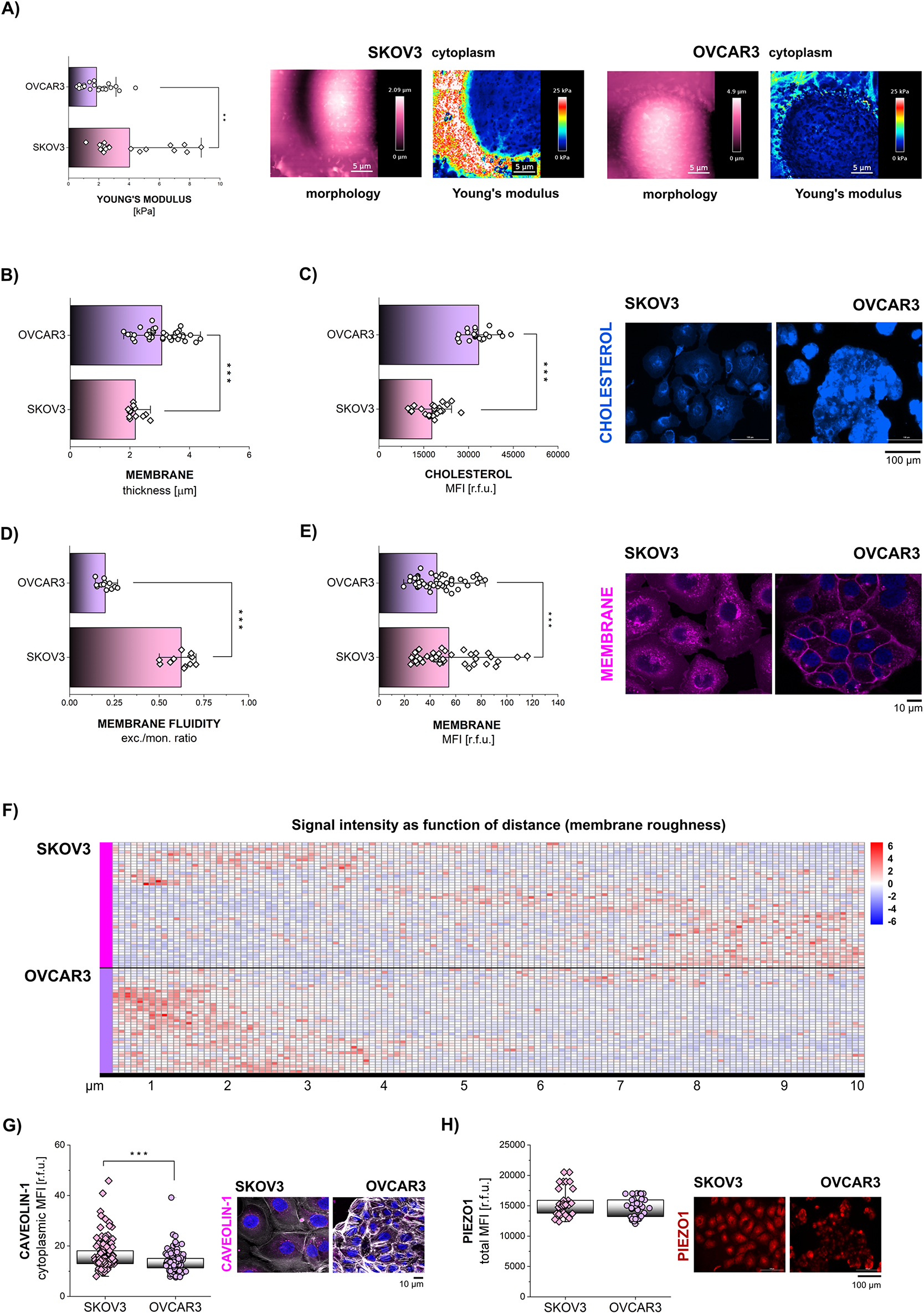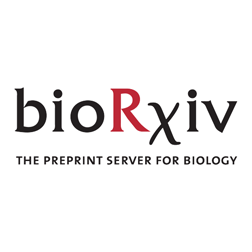"Dynamic Remodeling of Mechano-Sensing Complexes in Suspended Fibroblast Cell-Sheets Under External Mechanical Stimulus"
https://doi.org/doi:10.1002/bit.28996
https://pubmed.ncbi.nlm.nih.gov/40270085/
#Mechanical #Cell
Recent searches
Search options
#cell
"Mechanisms and Therapeutic Strategies for Minority Cell-Induced Paclitaxel Resistance and Tumor Progression Mediated by Mechanical Forces"
https://doi.org/doi:10.1002/advs.202417805
https://pubmed.ncbi.nlm.nih.gov/40270447/
#Mechanical #Force #Cell
"Epithelial cell extrusion at a glance"
https://doi.org/doi:10.1242/jcs.263786
https://pubmed.ncbi.nlm.nih.gov/40270445/
#Mechanical #Cell
"Preliminary design of a Cavity Tuner for Superconducting Radio-Frequency Cavity"
https://arxiv.org/abs/2504.16645 #Physics.Acc-Ph #Mechanical #Cell

"3D bioprinting of collagen-based high-resolution internally perfusable scaffolds for engineering fully biologic tissue systems"
https://doi.org/doi:10.1126/sciadv.adu5905
https://pubmed.ncbi.nlm.nih.gov/40267204/
#Mechanical #Cell
"Optogenetic control of mechanotransduction based on light-induced homodimerization of talin"
https://www.biorxiv.org/content/10.1101/2025.04.17.649301v1?rss=1 #Mechanotransduction #Mechanical #Cell

"Mechanical cues rewire lipid metabolism and support chemoresistance in epithelial ovarian cancer cell lines OVCAR3 and SKOV3"
https://doi.org/doi:10.1186/s12964-025-02144-9
https://pubmed.ncbi.nlm.nih.gov/40264231/
#Mechanical #Cell

"Functional Amyloid Fibrils as Versatile Tools for Novel Biomaterials"
https://arxiv.org/abs/2504.15532 #Mechanical #Q-Bio.Bm #Cell

https://www.evshift.com/323999/class-8-hydrogen-fuel-cell-truck-concept/ Class 8 Hydrogen Fuel Cell Truck Concept #Cell #class #Concept #ElectricCars #ElectricVehicles #EV #Fuel #FuelCell #Honda #Hydrogen #Technology #truck #trucking
"Curvature induced patterns: A geometric, analytical approach to understanding a mechanochemical model"
https://www.biorxiv.org/content/10.1101/2025.04.17.649327v1?rss=1 #Mechanical #Cell

"Stress anisotropy in 3D active curved structures"
https://www.biorxiv.org/content/10.1101/2025.04.13.648577v1?rss=1 #Mechanical #Cell
Postdoctoral Fellow Position in Cell Stress/Senescence
UNIVERSITY OF WISCONSIN-MADISON
Come join us as postdoc in #senescence and #stress in diabetes
See the full job description on jobRxiv: https://jobrxiv.org/job/university-of-wisconsin-madison-27778-postdoctoral-fellow-position-in-cell-stress-senescence/?feed_id=94419
#autoimmune_diseases #beta_cell #cell...
https://jobrxiv.org/job/university-of-wisconsin-madison-27778-postdoctoral-fellow-position-in-cell-stress-senescence/?feed_id=94419

"The cytoskeletal control of B cell receptor and integrin signaling in normal B cells and chronic lymphocytic leukemia"
https://doi.org/doi:10.1002/1873-3468.70045
https://pubmed.ncbi.nlm.nih.gov/40243025/
#Cytoskeletal #Mechanical #Cell
"Intestinal Tissue Mechanics Regulate Angiogenesis and Stem Cell Proliferation via Vascular Piezo"
https://www.biorxiv.org/content/10.1101/2025.04.16.649133v1?rss=1 #Mechanical #Mechanics #Cell

Lab-grown chicken ‘nuggets’ hailed as ‘transformative step’ for cultured meat https://www.theguardian.com/environment/2025/apr/16/nugget-sized-chicken-chunks-grown-transformative-step-for-cultured-lab-grown-meat #Cell-cultivatedmeat #Meatindustry #Environment #Research #Science #Chicken #Food #Meat
"Anatomical and Molecular Characterization of the Zebrafish Meninges"
https://www.biorxiv.org/content/10.1101/2025.04.09.646894v1?rss=1 #Mechanical #Cell

#Mitochondria are the powerhouses of the #Cell, responsible for generating most of the cell's energy through cellular respiration.
These vital organelles also play crucial roles in various other cellular processes, including signaling, differentiation, and cell death.
https://knowledgezone.co.in/trends/browser?topic=Mitochondria
"A Navier-Stokes-Peridynamics hybrid algorithm for the coupling of compressible flows and fracturing materials"
https://arxiv.org/abs/2504.11006 #Physics.Comp-Ph #Dynamics #Cell

Postdoctoral Fellow Position in Cell Stress/Senescence
UNIVERSITY OF WISCONSIN-MADISON
Come join us as postdoc in #senescence and #stress in diabetes
See the full job description on jobRxiv: https://jobrxiv.org/job/university-of-wisconsin-madison-27778-postdoctoral-fellow-position-in-cell-stress-senescence/?feed_id=94353
#autoimmune_diseases #beta_cell #cell...
https://jobrxiv.org/job/university-of-wisconsin-madison-27778-postdoctoral-fellow-position-in-cell-stress-senescence/?feed_id=94353

"Decoupling of Bonding Strength and Water Retention in Aqueous Wood Adhesive Inspired by Plant Cell"
https://doi.org/doi:10.1021/acsnano.5c01165
https://pubmed.ncbi.nlm.nih.gov/40233194/
#Mechanical #Cell


